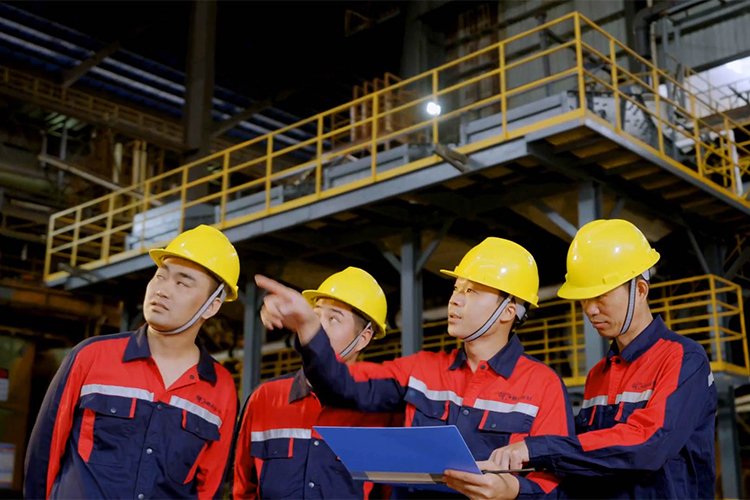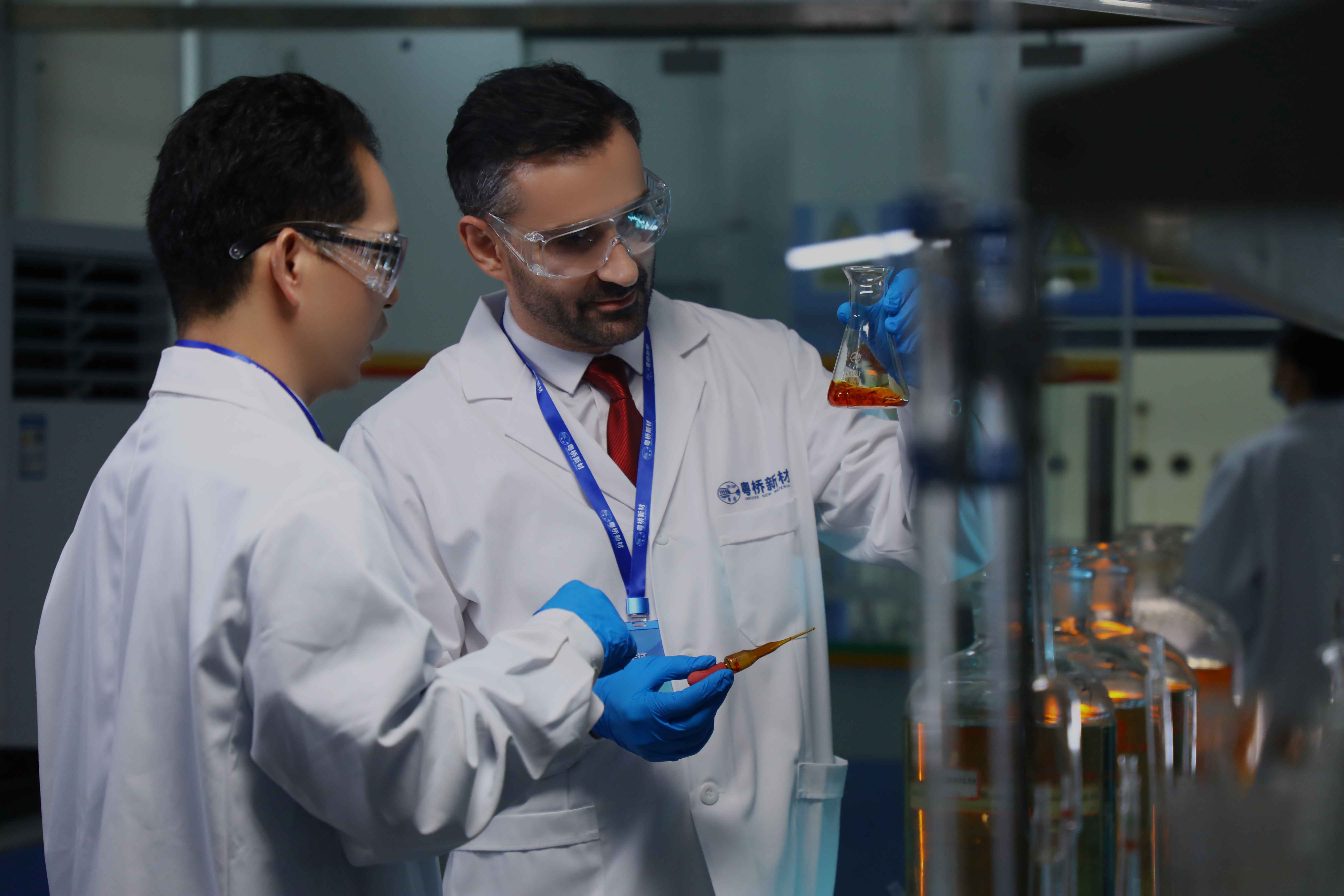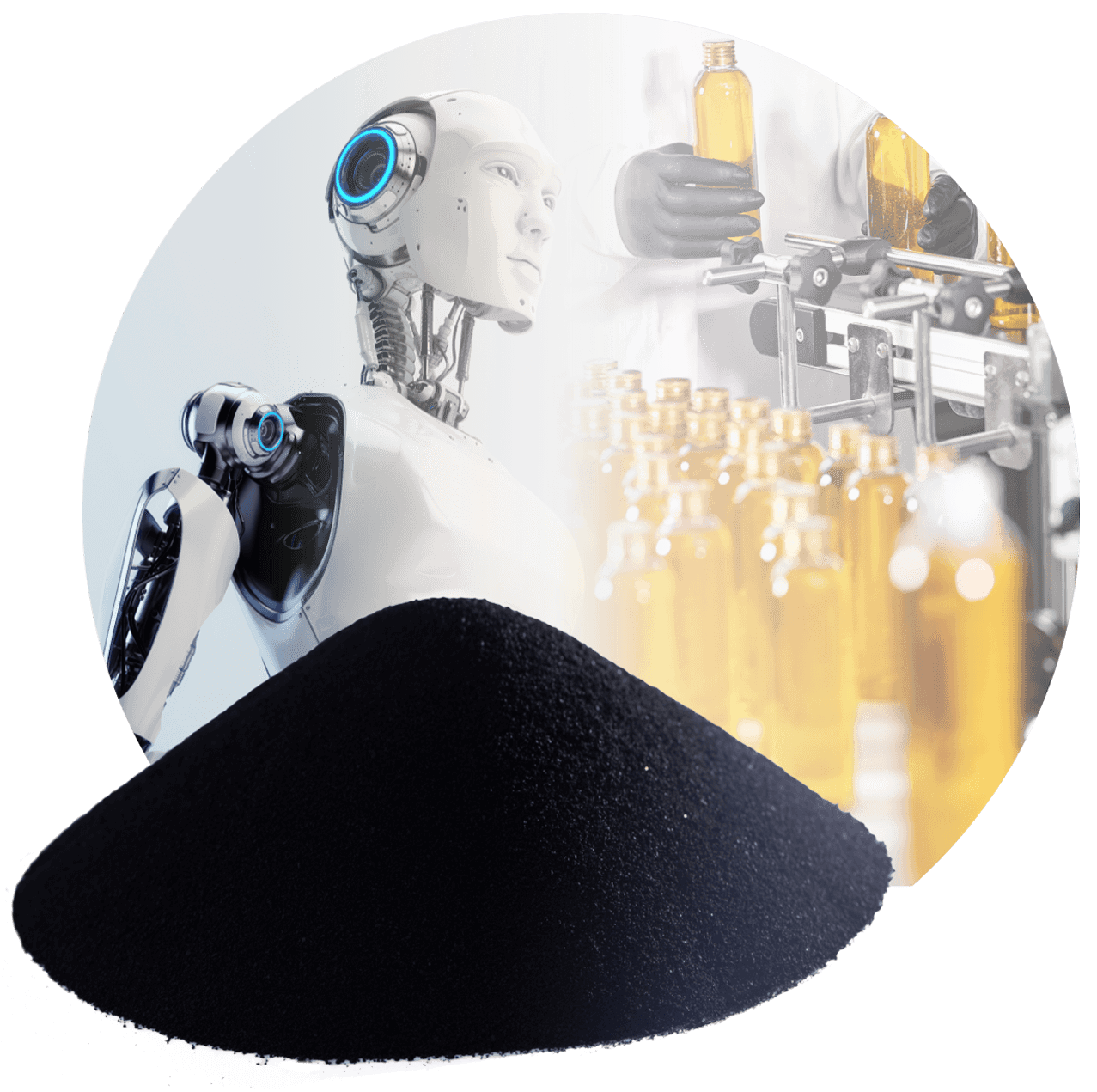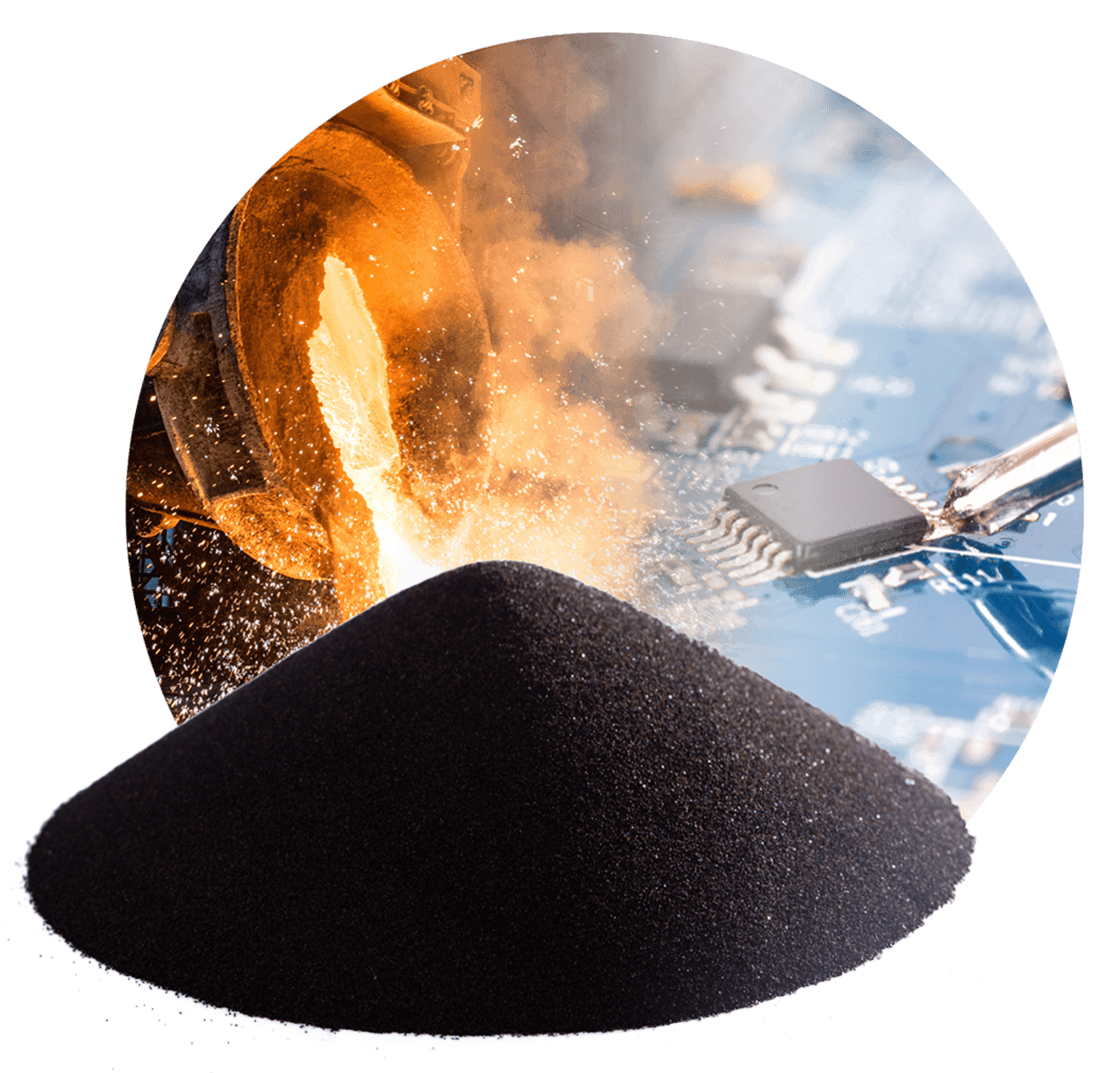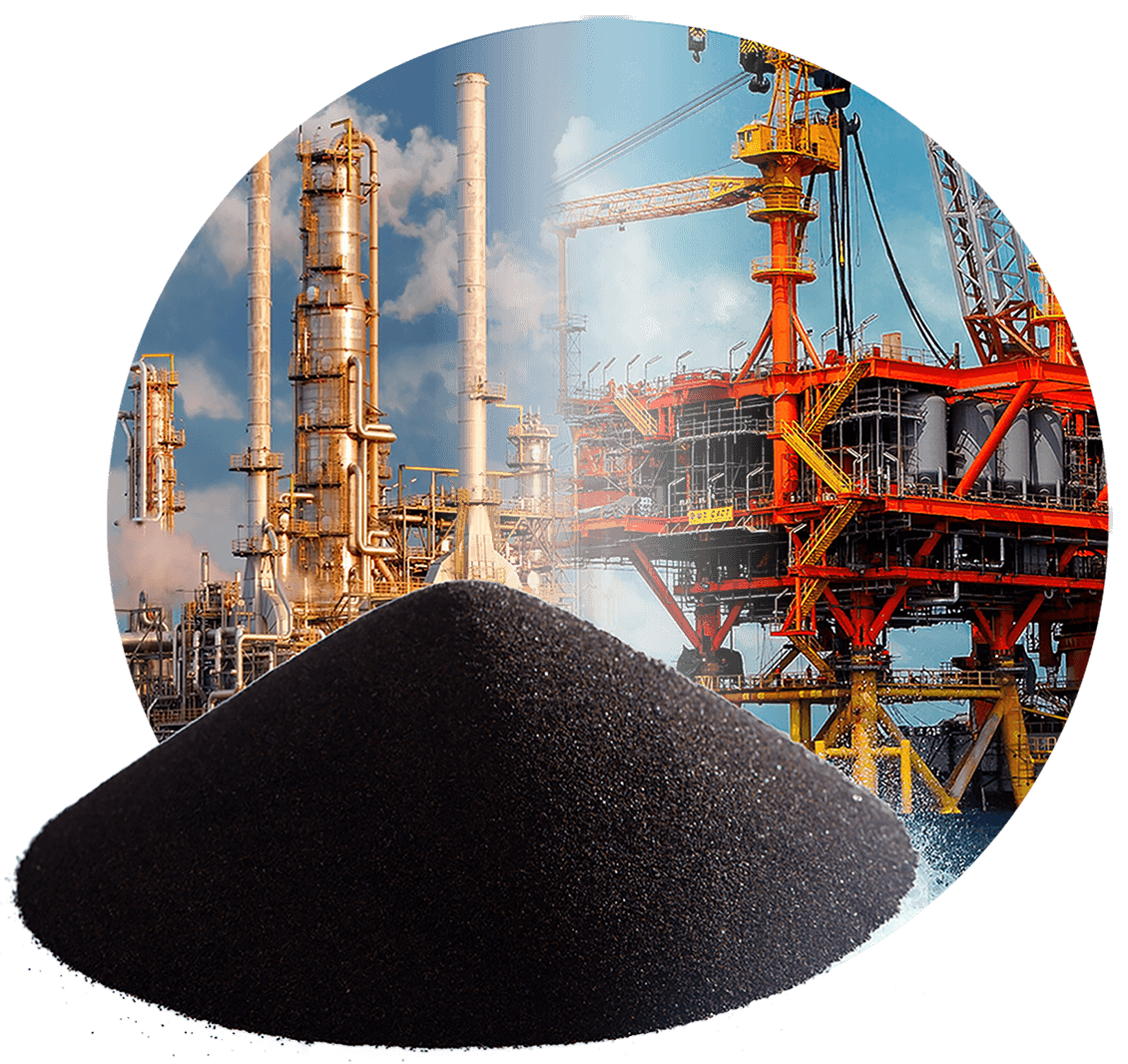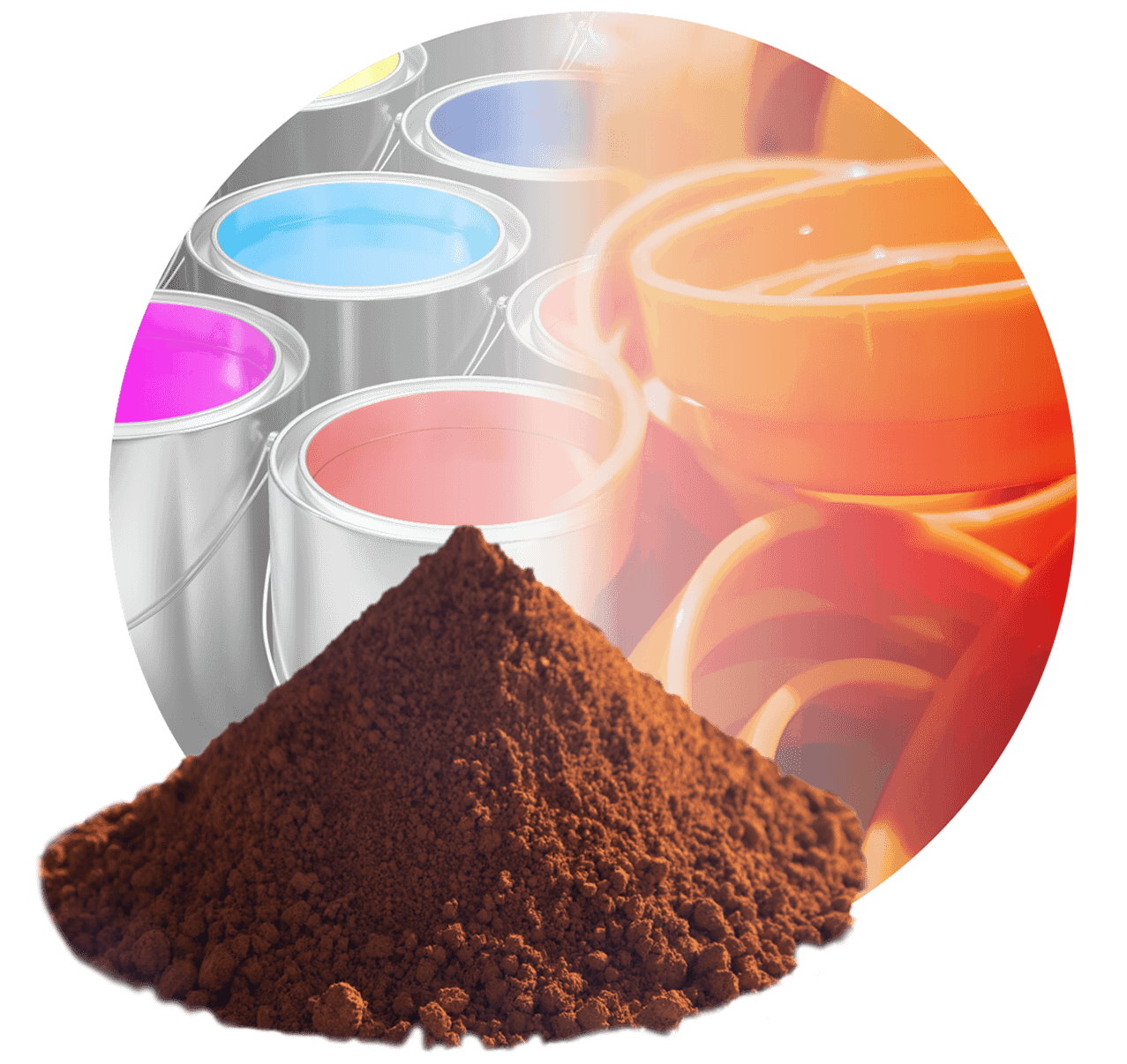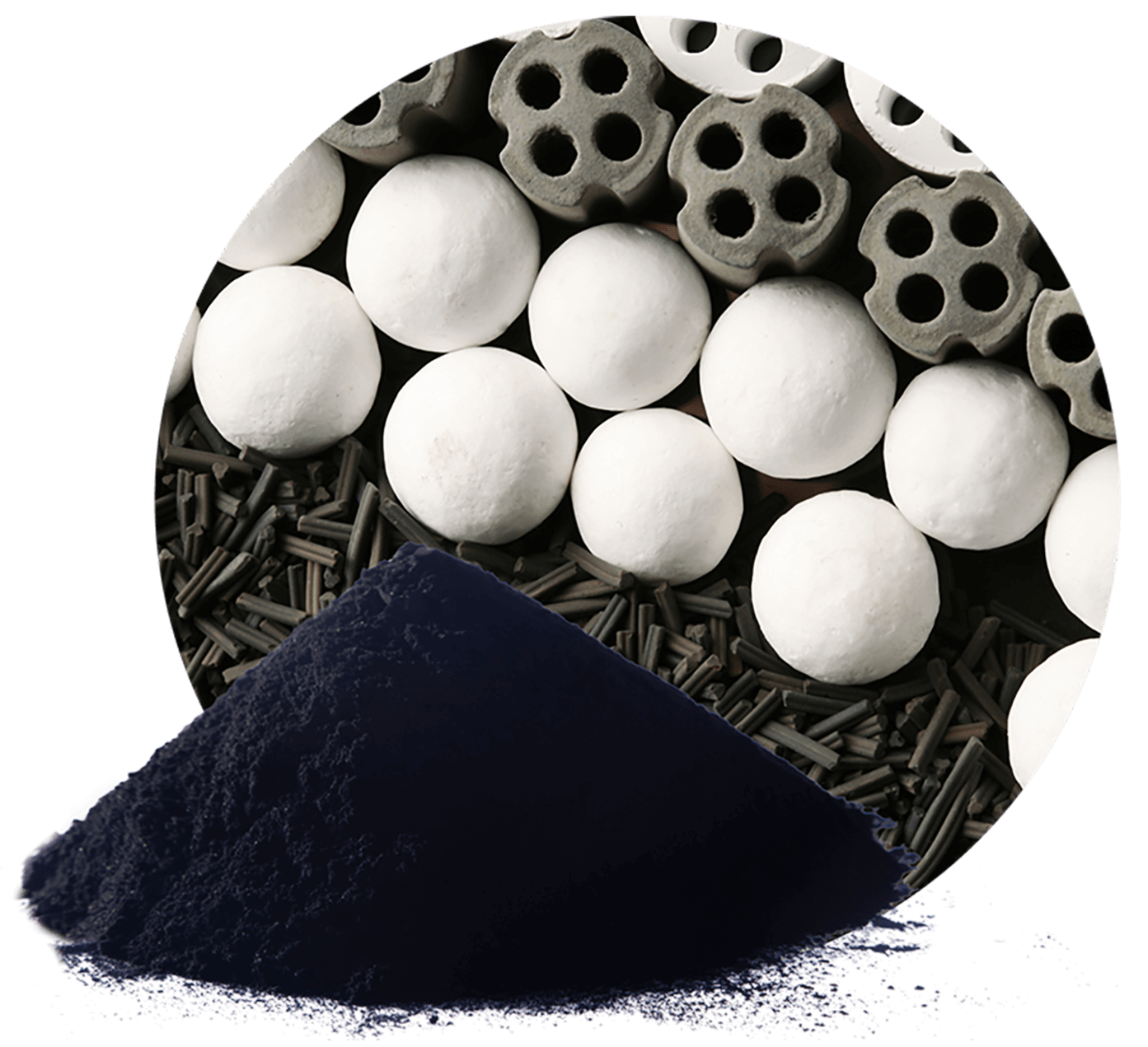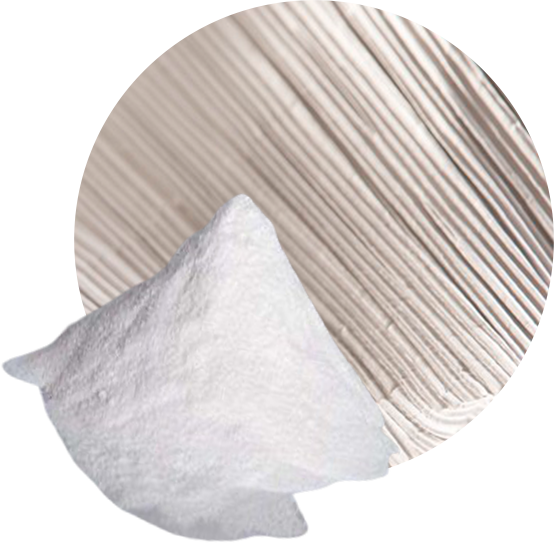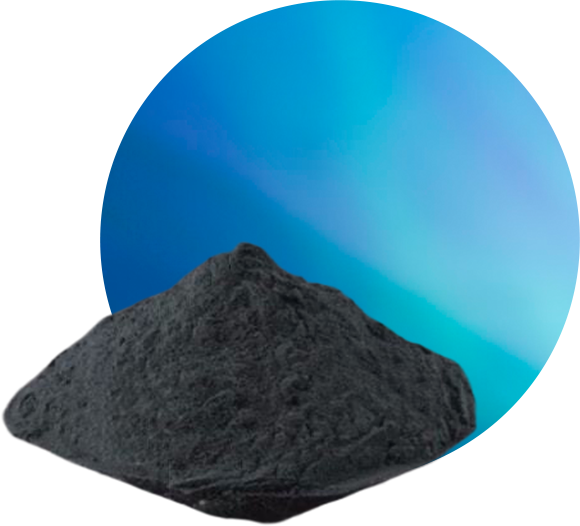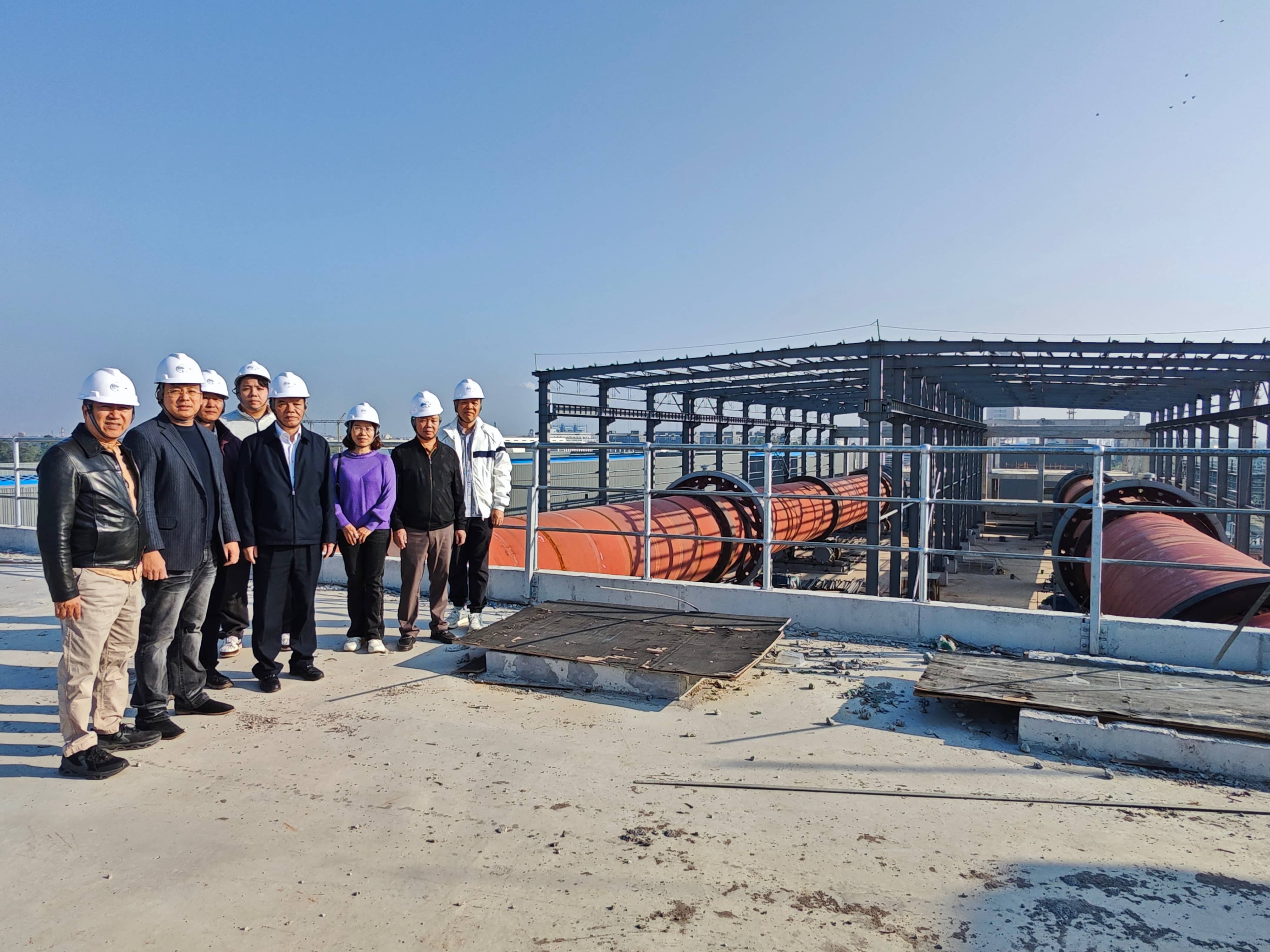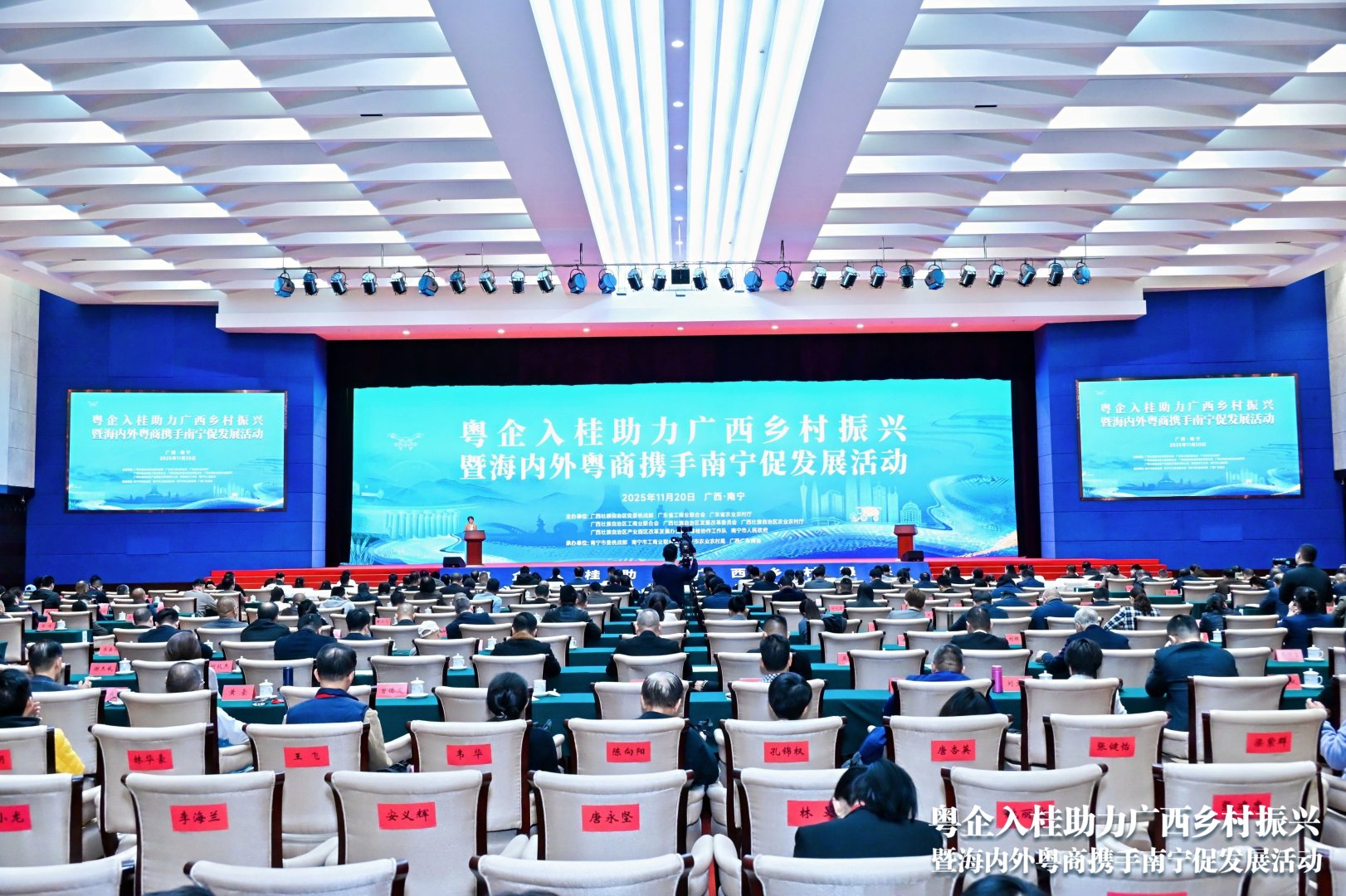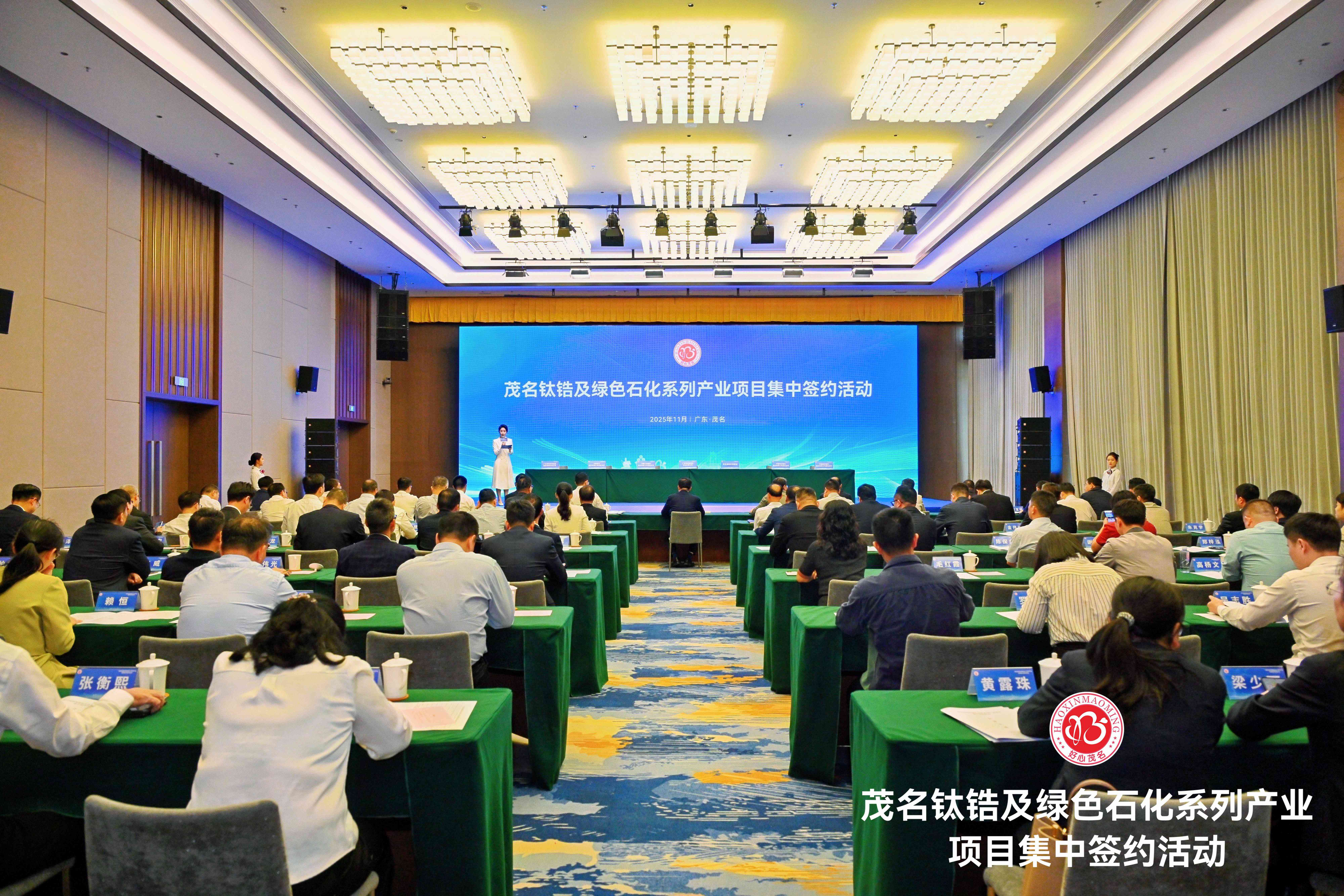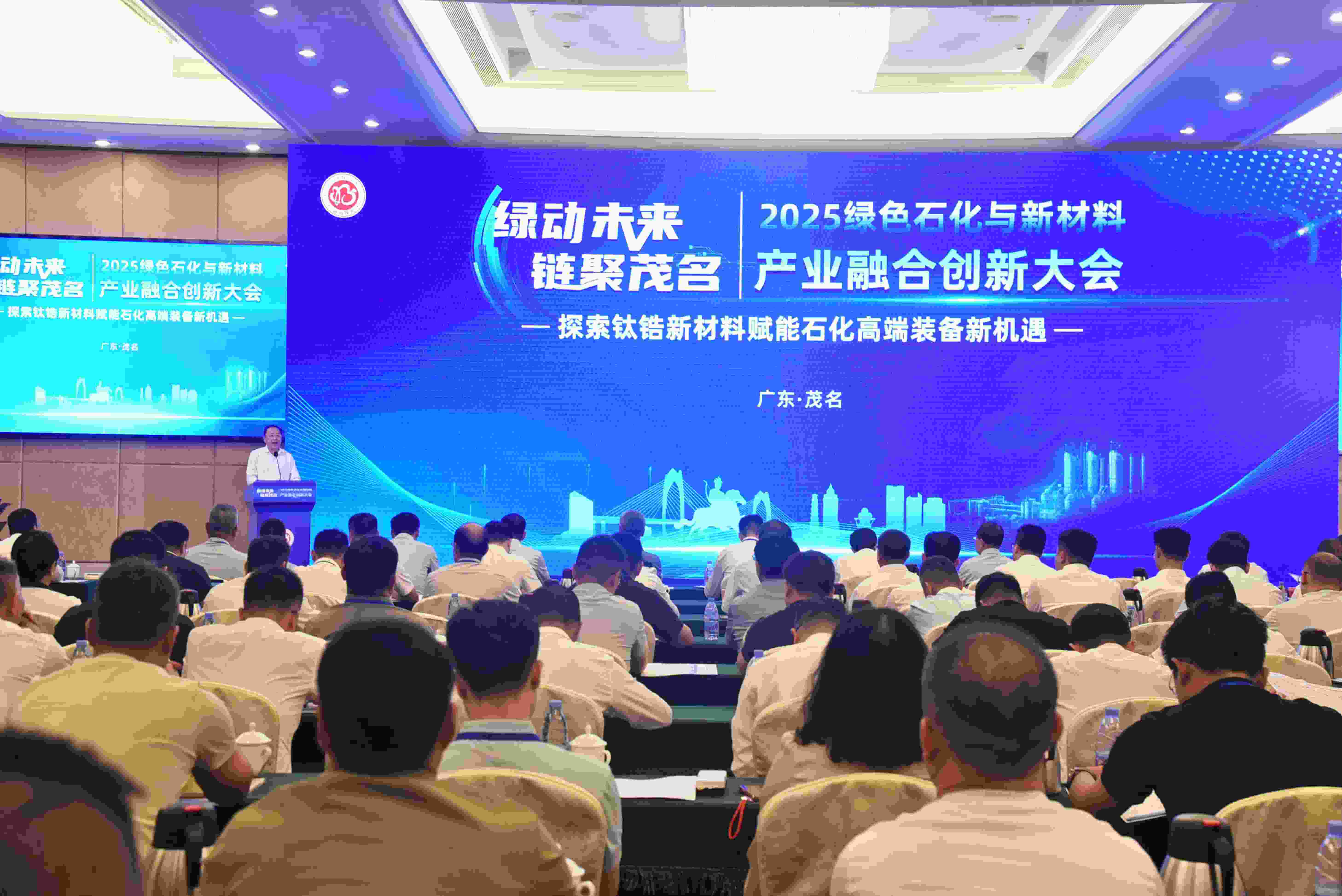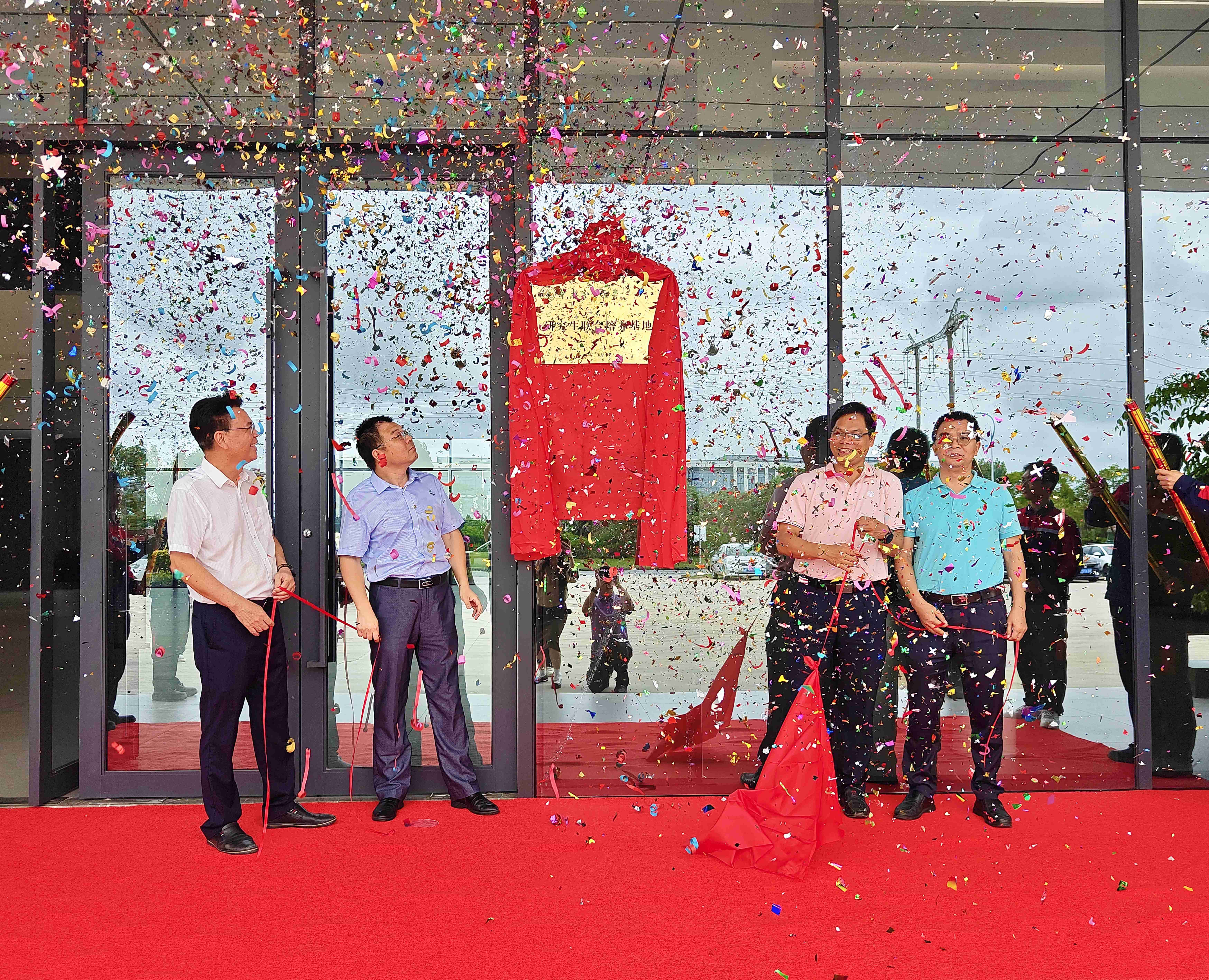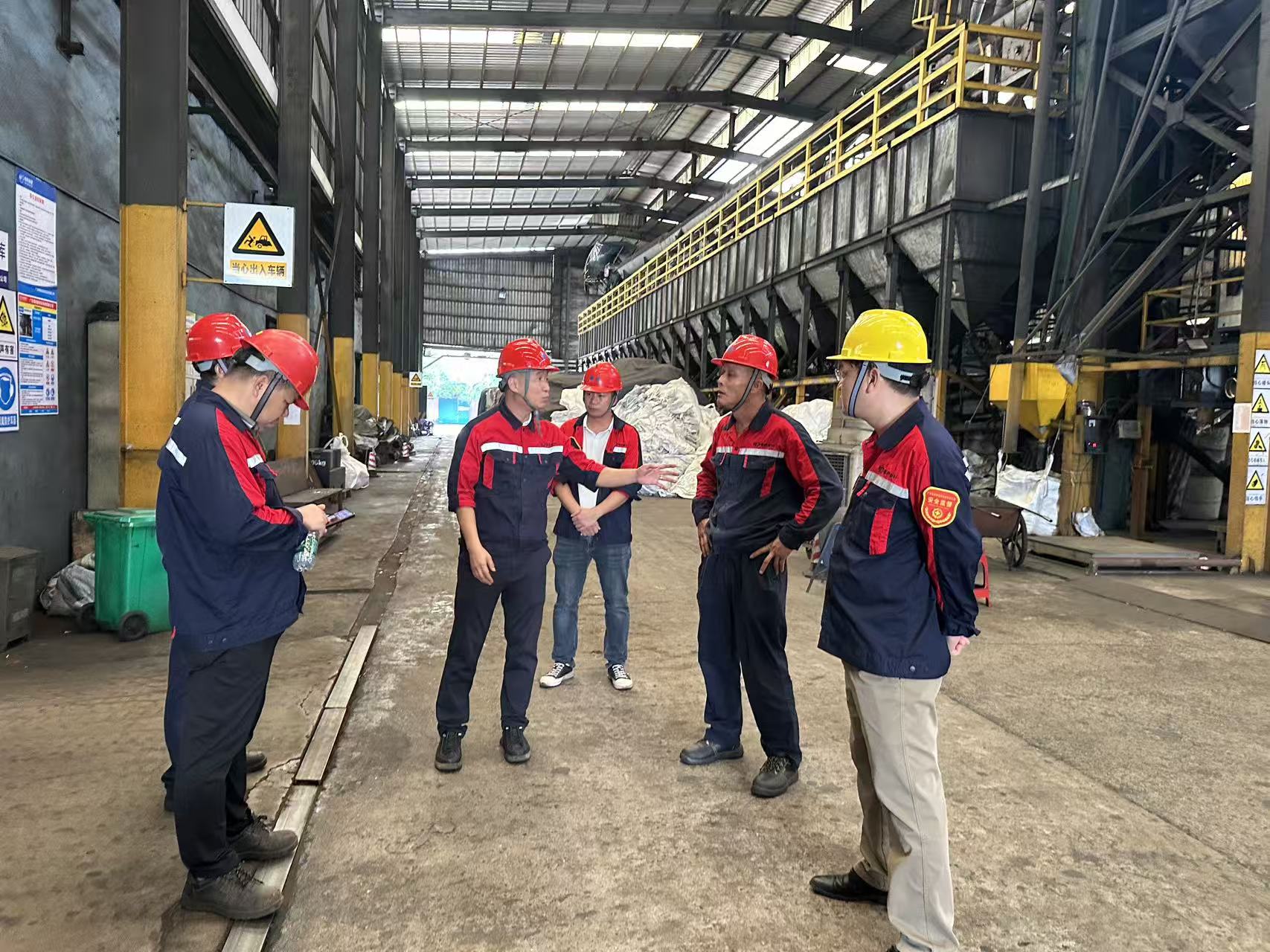-
36
36th anniversary of the establishment (since 1989)
-
36
Years of in-depth industry experience
-
500+
Company employees
-
2024
National-level "Little Giant" Enterprise with Specialized, Advanced and Innovative Technologies
-
2024
Top 10 Enterprises with Comprehensive Strength in China's Titanium Zirconium Industry

Product Areas
Focusing on innovation and sustainability
Driving strategy with technological innovation to pursue the path of high-quality development
-

Researchers from UBridge Research Institute
50+ -

Utility Model Patents
78 -

Invention Patents
29 -

Guangdong Province Science and Technology Expert Workstation
2024
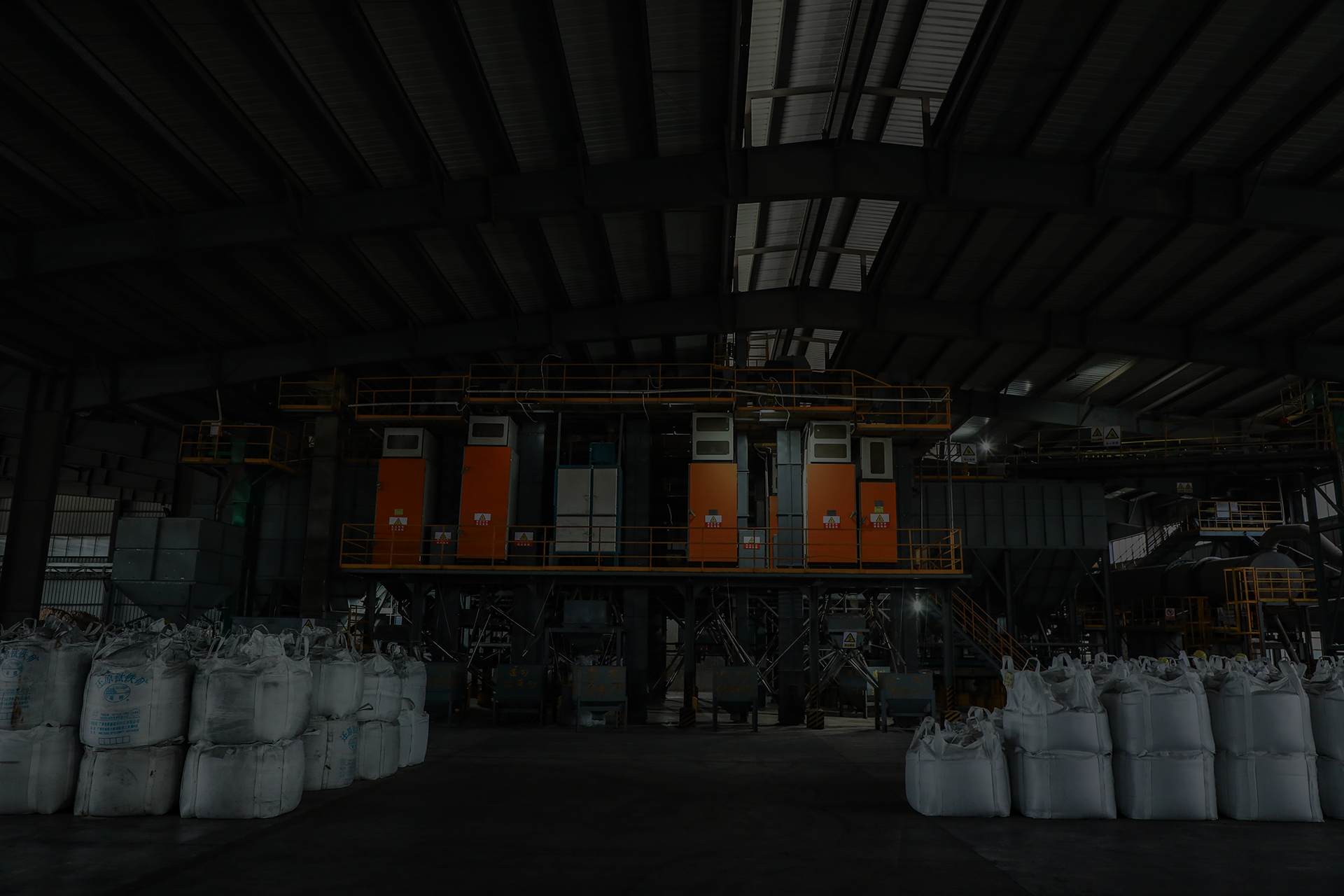
Guangdong UBridge New Material Technology Co., Ltd.
Founded in 1989, our company is headquartered in Maoming City, Guangdong Province. We are a well-known private company in China engaged in the production,processing, and innovative research and development of titanium and zirconium minerals. Closely following the national strategies, we have been working in the industry for 36 years on the foundation of "focusing on innovation and sustainability". Adhering to the spirit of "driving strategy with technological innovation to pursue the path of high-quality development", UBridge New Material continuously enhances the value of the industry for the benefit of society. Our subsidiaries include Guangdong UBridge New Material Technology Co., Ltd., Guangxi UBridge New Material Technology Co., Ltd., Guangxi UBridge New Material Technology Co., Ltd. Fangchenggang Branch, Maoming South China Titanium Valley New Material Technology Co., Ltd., Hong Kong UBridge New Material Technology Co., Ltd., and Guangxi Youruika New Energy Technology Co., Ltd.


